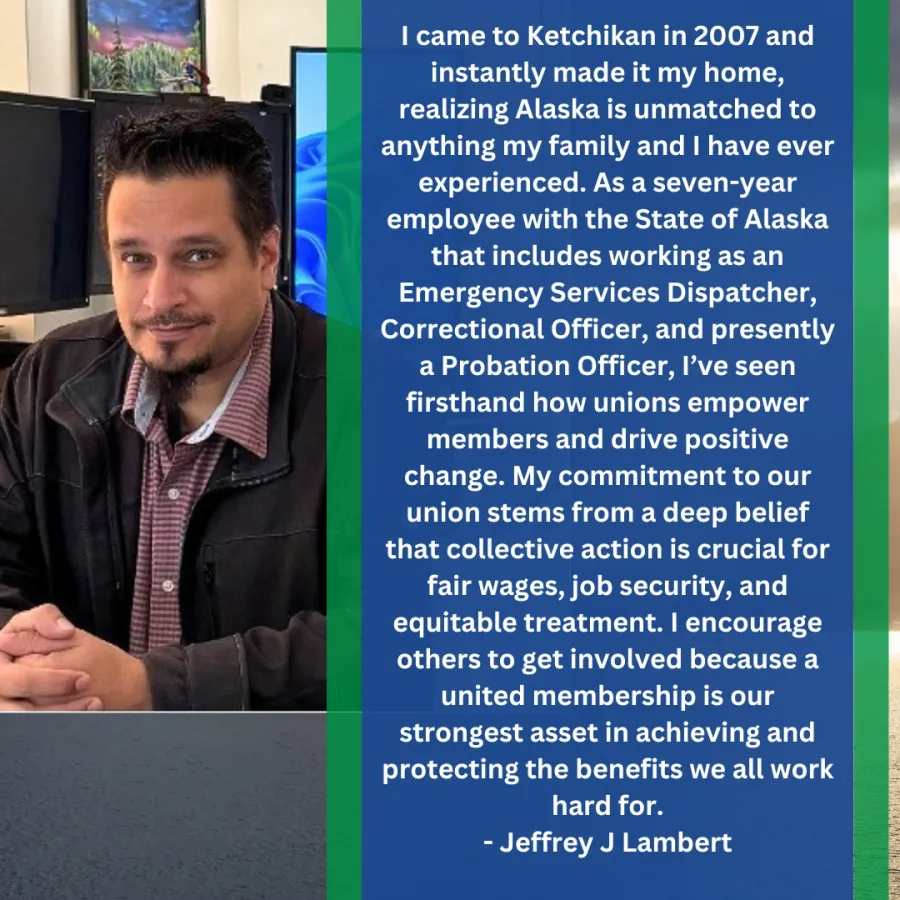FAQs
Why Unionize?
BECAUSE IT WORKS! You gain a stronger voice at work, protect your rights, improve conditions, and negotiate for better pay and benefits—all together.
How Do We Unionize?
By connecting with your coworkers, building support, partnering with a union and signing an authorization card. Together, you'll take steps to win recognition and negotiate a contract.
What does it mean to sign an authorization card? Signing an authorization card is a formal indication that you support forming a union and want to be represented in collective bargaining. These cards show there’s enough interest to file a petition with the National Labor Relations Board (NLRB) for a union election.
If I sign an authorization card, am I a Union member? No. It is the first step in the process for representation but not union membership. The only way you become a union member is after winning a representation election, negotiating an employee-approved Collective Bargaining Agreement, and signing a dues checkoff form.
What is the card collection process? To move forward with a union election, a minimum of 30% of employees in the proposed bargaining unit need to sign authorization cards. However, having a majority sign cards demonstrates strong support, which can be important during the election and bargaining process.
What happens after enough cards are collected? After collecting enough signed cards, ASEA will file a petition with the NLRB to hold a union election. If approved, the NLRB will schedule a hearing to confirm their jurisdiction and finalize details about which employees will be eligible to vote.
What is the NLRB hearing for jurisdiction? This hearing determines if the NLRB has authority over the bargaining unit and defines which employees are eligible to participate in the union election. The employer and employee representatives may both present evidence.
When will the union election take place? If the NLRB approves the petition, it will set a date for the election, typically within a few weeks. Employees will then vote to decide if they want union representation. If a majority vote “yes,” the union will be officially recognized.
What happens after the union is approved? Once the union is recognized, employees will elect representatives to a bargaining committee. This committee will work with union leadership to negotiate the first collective bargaining agreement (CBA) with the employer.
Once the RC Petition is filed, what happens with the individual contract negotiations that are currently underway with the employer? Once the Union has been certified as the exclusive bargaining representative but before it has been able to negotiate a first contract, individual employment contracts already in force will remain in force for their term or until a Collective Bargaining Agreement (CBA) superseding them is ratified, whichever is sooner. If a member has an individual favorable contract in the works when the Union becomes the exclusive bargaining representative but before a CBA has been ratified, the Union could support the completion of that contract. The employer would also need to notify the Union about any proposed changes to members’ wages, hours, and working conditions during this post-certification, pre-CBA period, and bargain over them with the Union if the Union demands bargaining.
What can we expect from collective bargaining? During bargaining, the union and the employer negotiate over wages, benefits, working conditions, job protections, and other priorities identified by the bargaining unit. This process can take several months, depending on the complexity of issues and both sides’ willingness to agree.
When do we start paying union dues? Union dues typically start only after the first collective bargaining agreement (CBA) is negotiated and approved by a majority vote from the union members. Dues help fund the union’s ability to provide representation, legal support, and other member services.
How long does it take to negotiate a CBA? Negotiating the first CBA can take anywhere from a few months to over a year. The union bargaining team works to secure the best possible agreement for members, but it may require several rounds of negotiation to reach a satisfactory outcome.
What if we don’t agree with the contract terms? Union members typically have the opportunity to vote on the final contract. If a majority do not approve the terms, negotiations may continue until an agreement is reached that meets the needs of both parties.
